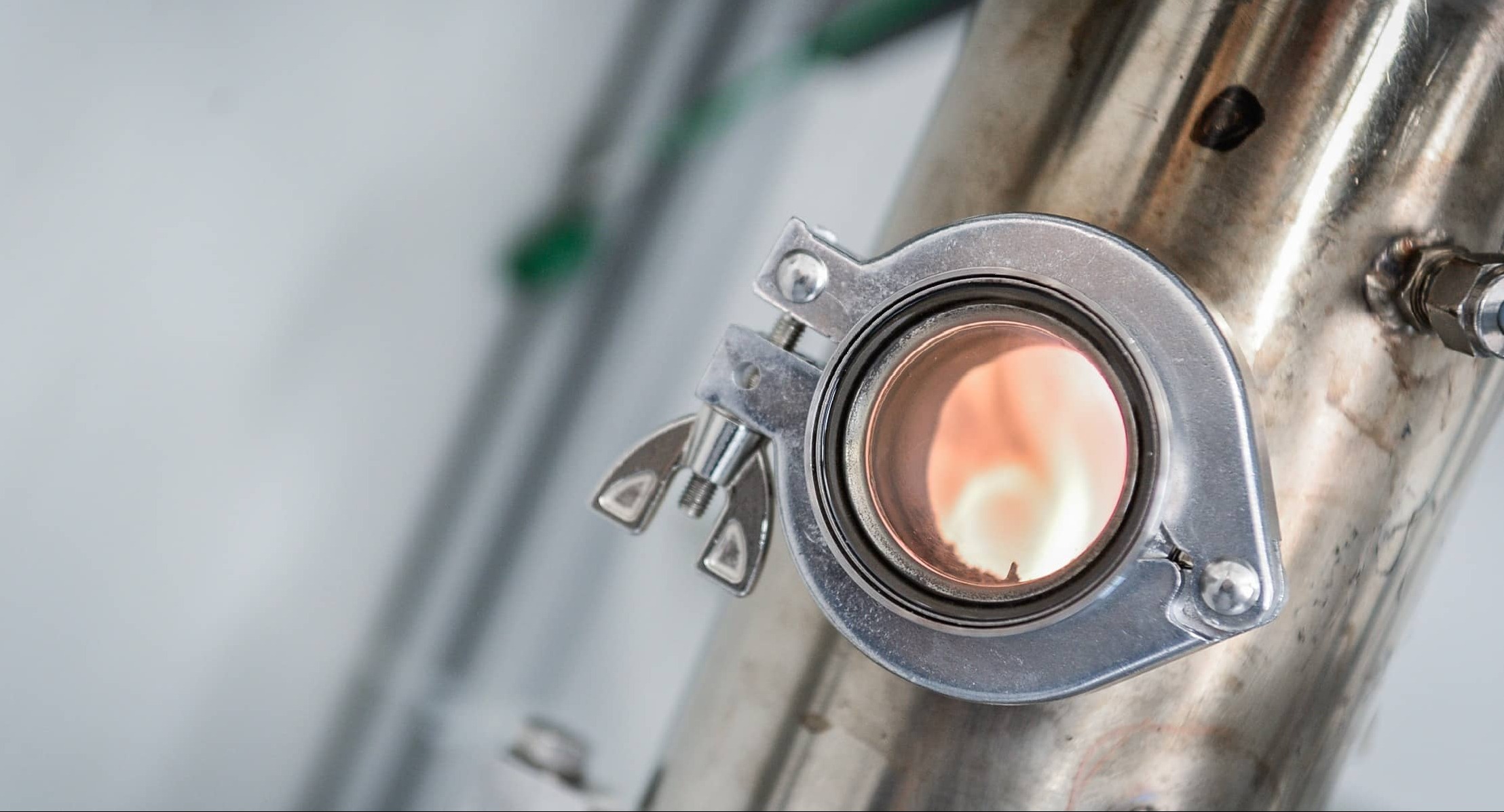TECH OFFER
Low-energy Carbon Dioxide-free Hydrogen Production

KEY INFORMATION
TECHNOLOGY CATEGORY:
Sustainability - Low Carbon Economy
TECHNOLOGY READINESS LEVEL (TRL):
LOCATION:
France
ID NUMBER:
TO174834
TECHNOLOGY OVERVIEW
The potential of green hydrogen to plug the intermittency of solar and wind whilst burning like natural gas and serving as feedstock in industrial chemical processes has attracted the interest of industry, governments and investors. From oil and gas players, utilities, industries from steel to fertilisers and more, green hydrogen is regarded as the best bet for harmonising the intermittency of renewables.
Green hydrogen is produced through water electrolysis, a process that separates water into hydrogen and oxygen, using electricity generated from renewable sources. Today, it accounts for just 0.1% of global hydrogen production according to the World Economic Forum. The main disadvantage of green hydrogen production via water electrolysis is (1) its high energy consumption of more than 50 kWh per kg and the need for large land areas and (2) the competition of usage for water it creates.
The proposed hydrogen production technology is based on the decomposition of methane (CH4) molecule in oxygen-free environment by low energy microwave plasma. Unlike electrolysis, this process does not produce CO2 as it decomposes CH4 directly into gaseous hydrogen and solid carbon, both are industrially valuable products. Compared to water electrolysis, this process saves up to 5 times the energy required to produce hydrogen from methane, at competitive costs. The process can be installed on-site, at the end of the gas infrastructure, reducing the need to invest in a new H2 infrastructure. The fact that, coupled with biomethane, the technology is CO2 negative, representing an indirect air capture solution is another major advantage.
The technology owner is seeking OEM partners in Singapore (1) to co-develop complete solutions integrating the proposed technology for specific applications or (2) integrate the technology into industrial demonstration sites.
TECHNOLOGY FEATURES & SPECIFICATIONS
- Energy efficient: Methane decomposition performs at similar energy efficiency to steam reforming and typically uses 5 times less electricity than an electrolyser, and requires a fraction of the space/land.
- Low cost: Producing green hydrogen at the cost of grey hydrogen.
- On-site on-demand: Compact, modular and stackable solution deliver a range of energy capacity, from 200 kg to several tonnes per day. The modules may be assembled to reach multi-megawatt scale.
- Transport and storage: No need for storage or transport by allowing existing gas infrastructures to deliver hydrogen on-demand.
- Daily output: One module produces up to 200 kg of 98% purity hydrogen per day.
- Feedstocks: Bio-methane and natural gas.
- Sustainability: With natural gas feedstock, hydrogen produced is CO2-free. With bio-methane feedstock, it has a negative carbon balance, in addition to avoiding methane emissions.
- Hydrogen co-product: Co-produced solid carbon can be used in existing market (e.g. tires, ink) but also in new markets (e.g. building materials, agriculture, etc).
POTENTIAL APPLICATIONS
- Decarbonisation of industrial processes.
- Hydrogen for chemical industry.
- Cities, buildings and data centres.
- Energy generation and powerplant.
- Clean transport.
- Hydrogen refuelling station.
- Solid carbon usage, e.g. tires, ink, building materials, etc.
Market Trends & Opportunities
The global green hydrogen market size was valued at US$3.2B in 2021 and is expected to expand at a compound annual growth rate (CAGR) of 39.5% from 2022 to 2030 (Grand View Research, 2022).
Unique Value Proposition
Plasma decomposition of methane, resulted in up to 5 times lesser energy consumption than electrolysis through a carbon dioxide-free process.
RELATED TECH OFFERS
